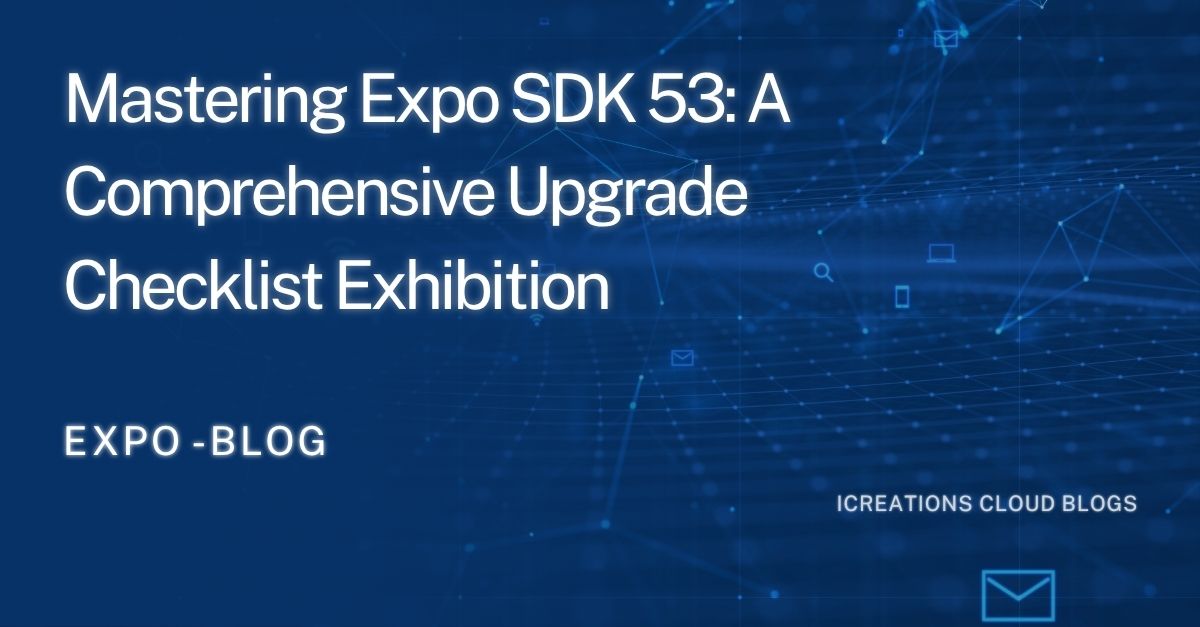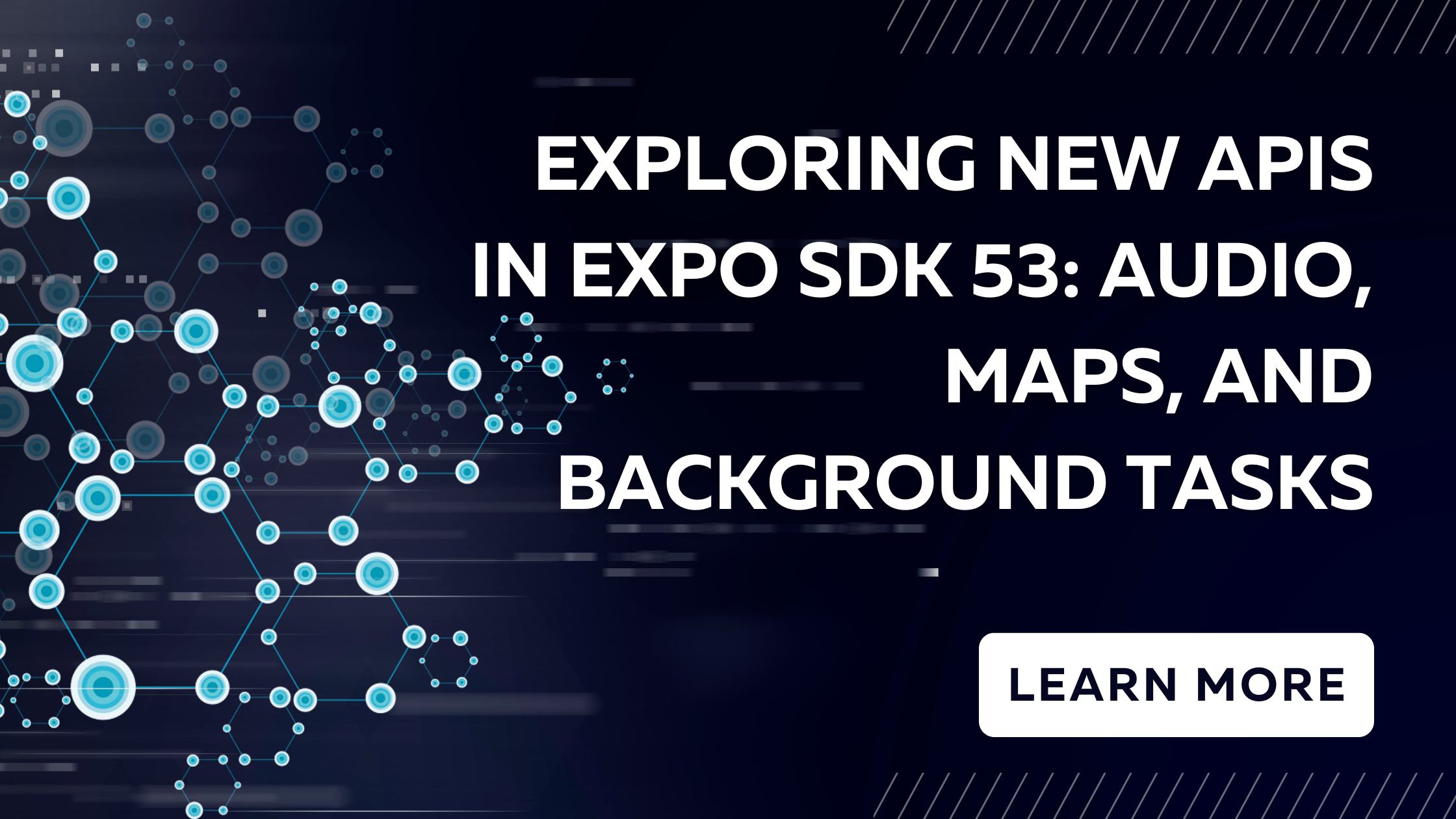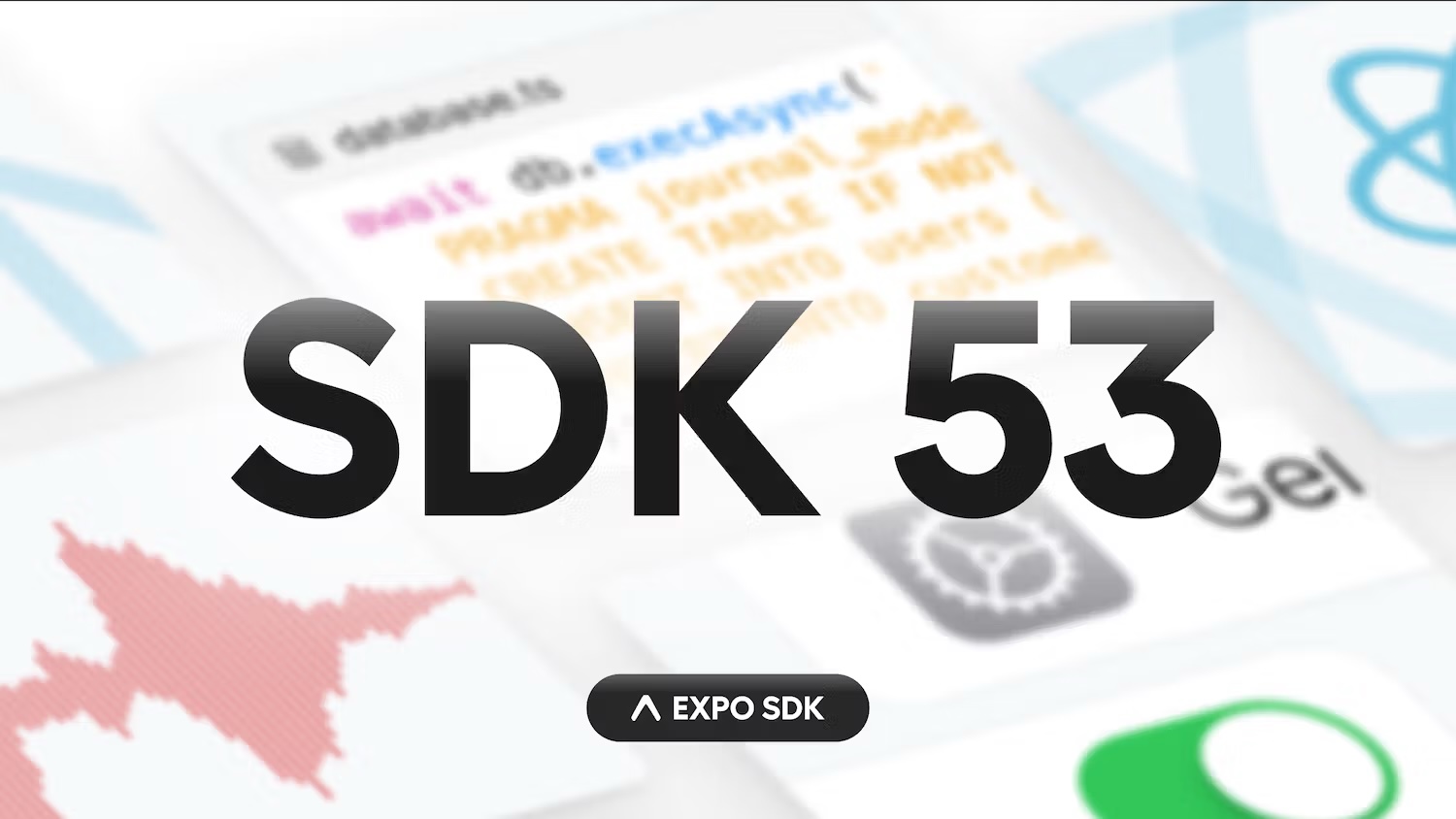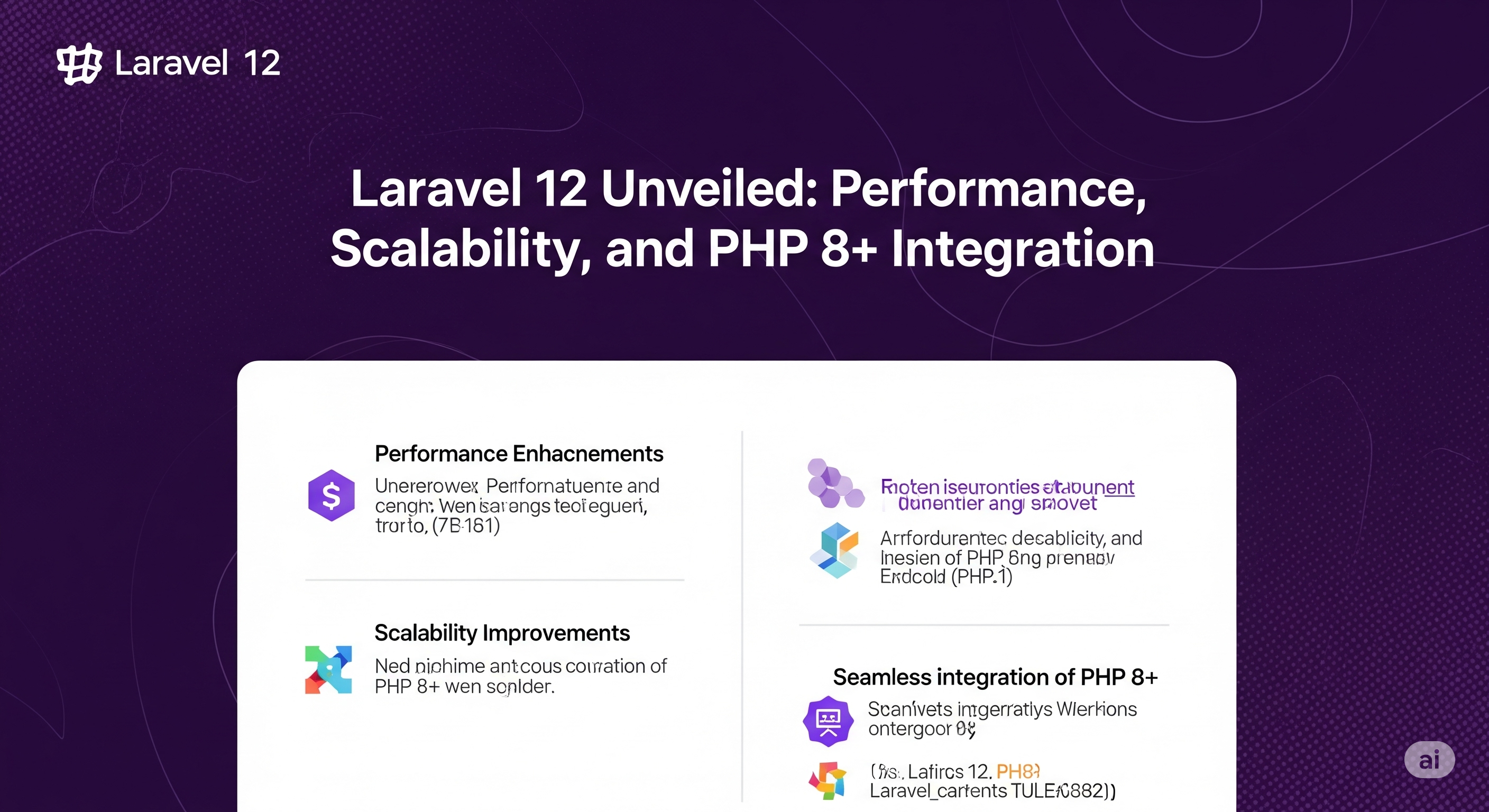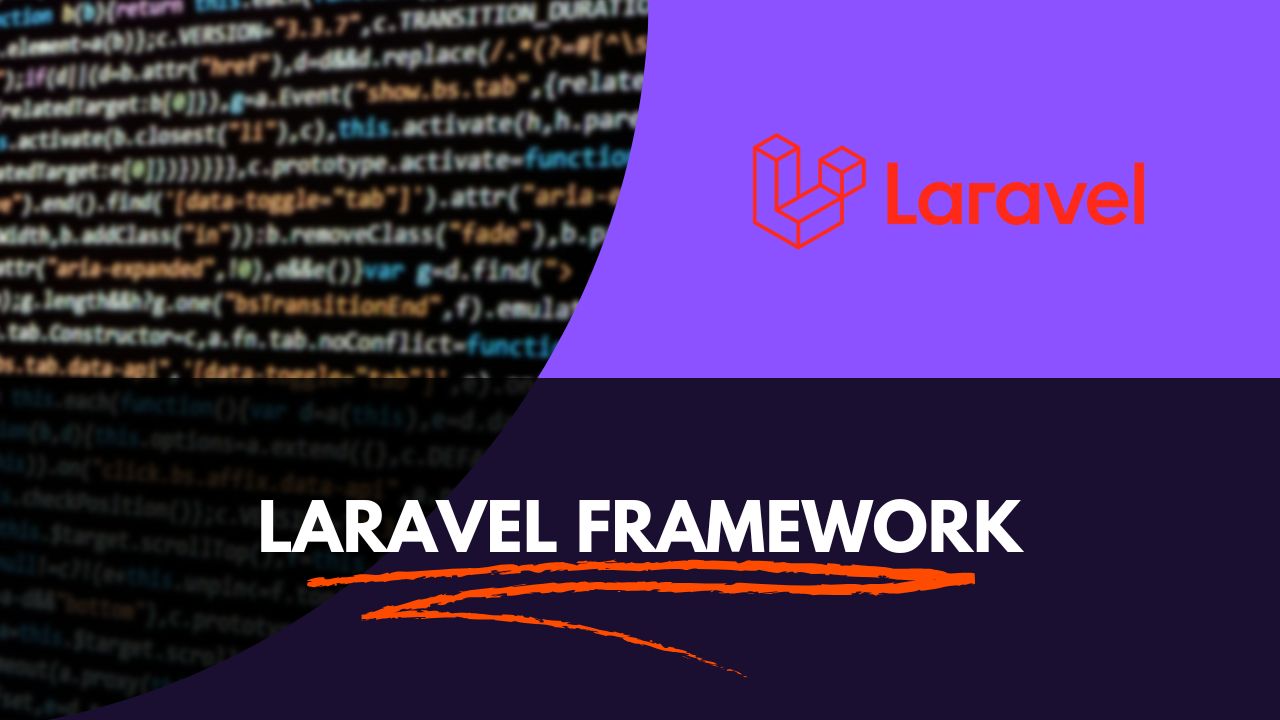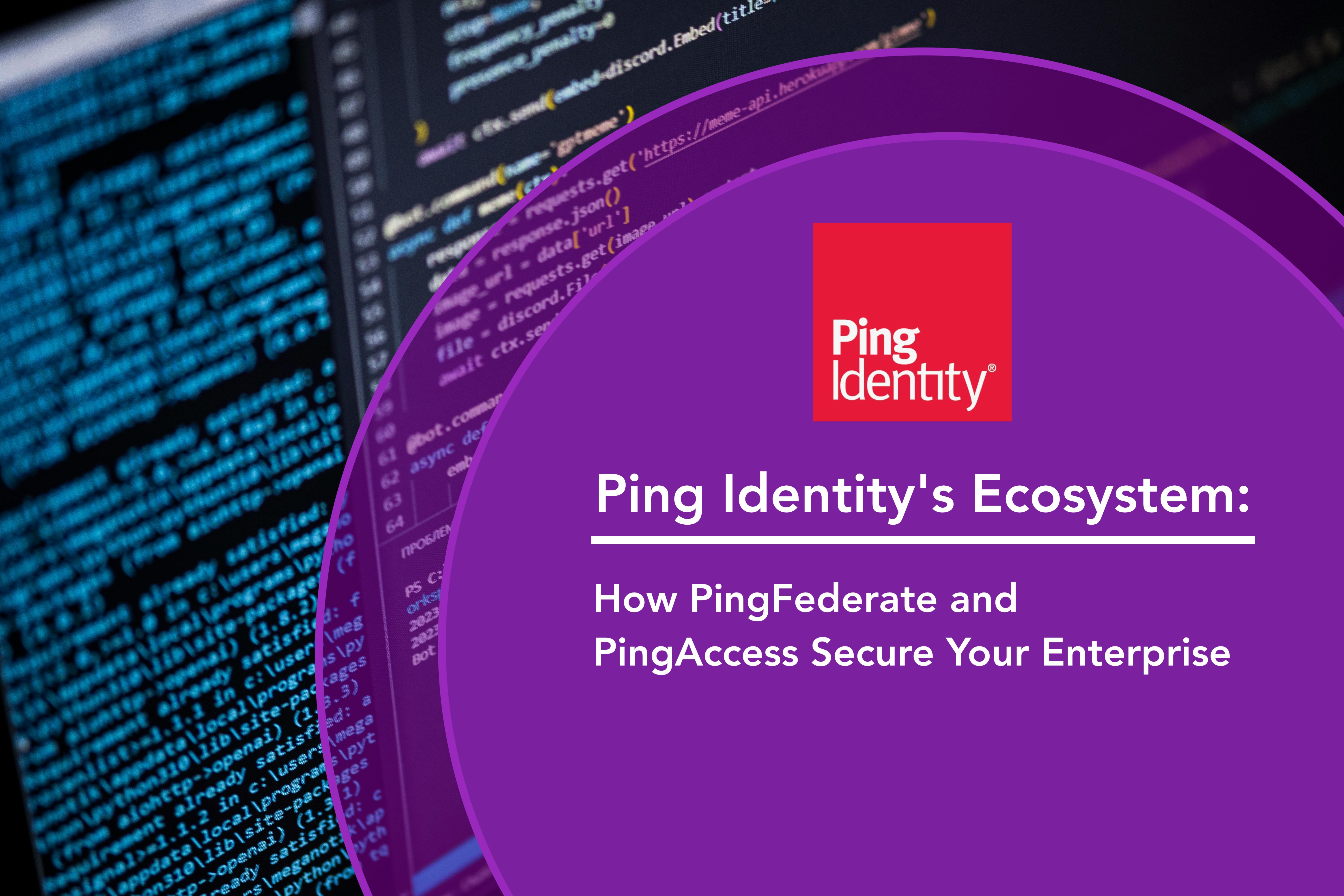Latest Insights
Knowledge Hub &
Tech Insights
All Articles
Latest Publications
Explore our latest insights and expertise across technology and innovation
2025-01-01
5 min read
Admin
Expo SDK 53 brings significant advancements to React Native development, integrating React 19 with features like Suspense and the use() Hook for streamlined asynchronous operations. This release also introduces a stable expo-audio library and an alpha release of expo-maps, enhancing multimedia and mapping capabilities. Development workflow improvements include faster Android build times and streamlined TestFlight deployments, positioning Expo as a production-grade React Native framework.
2025-01-08
5 min read
Admin
Upgrading to Expo SDK 53 requires a structured approach to fully leverage its benefits and navigate potential complexities. This comprehensive checklist covers initial setup, exploring new APIs like expo-audio and expo-maps, and optimizing workflow with faster Android builds and Expo Atlas. Prioritizing development builds and thorough regression testing are crucial for a smooth transition and high-quality applications.
2025-01-15
5 min read
Admin
Expo SDK 53 introduces significant new and stabilized APIs, empowering developers to build richer, more performant, and feature-complete applications. The stable expo-audio library offers enhanced reliability and performance for audio handling, while the alpha release of expo-maps provides unified JavaScript interfaces for native map components. Additionally, the new expo-background-task library enables robust background operations, opening new possibilities for sophisticated offline-first applications.
2025-01-22
5 min read
Admin
Expo SDK 53 significantly enhances developer productivity through targeted tooling improvements, focusing on build speed and bundle analysis. Key advancements include up to a 25% reduction in Android local build times via prebuilt Expo Modules, and the promotion of Expo Atlas to a stable feature for deep JavaScript bundle analysis. These refinements empower developers to build, test, and deploy high-quality applications more efficiently by enabling faster iteration cycles and effective app size optimization.
2025-02-01
5 min read
Admin
Laravel 12 significantly elevates application performance and scalability through asynchronous caching mechanisms, optimized query execution, and full embrace of modern PHP 8+ features like JIT compilation. This release also introduces smarter job and queue management for improved responsiveness in high-traffic applications. Designed for enterprise workloads, Laravel 12 positions itself as a robust choice for building fast, scalable, and efficient web applications.
2025-02-08
5 min read
Admin
Laravel 12 significantly refines the developer experience (DX) through streamlined Dependency Injection, embracing PHP 8's property promotion for cleaner code. It introduces a new unified scaffolding system and modernized frontend scaffolding with Vite and Tailwind CSS. Additionally, Laravel 12 features an AI-powered debugging assistant and a new debug() method, aiming to reduce development time and enhance productivity for developers of all experience levels.
2025-02-15
5 min read
Admin
Laravel 12 significantly strengthens application security and enhances API development capabilities. It introduces improved validation methods, advanced encryption protocols, and secure password policies, including a new secureValidate method for automatic security enhancements. For API development, Laravel 12 offers native GraphQL support and a new API versioning syntax, streamlining the creation of secure and scalable APIs for modern interconnected ecosystems.
2025-02-22
5 min read
Admin
Laravel 12 significantly enhances data interaction through its Eloquent ORM with new features like conditional eager loading and filtered relationships, streamlining database operations. It also introduces robust Modern DevOps Integration, including a new deploy:prepare command that automates critical deployment steps. These improvements empower developers to build data-rich applications with elegant ORM features and deploy them efficiently through integrated tools, ensuring reliability and ease of maintenance.
2025-03-01
5 min read
Admin
Apple's iOS 26 introduces the "Liquid Glass" UI, a dynamic and fluid visual style characterized by real-time, content-aware blur and reflection effects. This sophisticated aesthetic, built on advanced graphics layers like Core Animation and Metal shaders, offers an immersive user experience. Its emergence poses a significant challenge for cross-platform development, as achieving design parity with these evolving native visuals becomes critical for maintaining user expectations and market competitiveness.
2025-03-08
5 min read
Admin
React Native is well-positioned to achieve high-fidelity "Liquid Glass" effects by leveraging its native module architecture, allowing direct access to platform-specific rendering capabilities. Libraries like react-native-blur and @metafic-co/react-native-glassmorphism facilitate the core blur effects, while React Native Reanimated and Gesture Handler enable dynamic and fluid animations by offloading calculations to the native thread. This approach ensures superior performance and visual parity with native iOS applications for complex UI effects.
2025-03-15
5 min read
Admin
Flutter faces significant challenges in replicating Apple's "Liquid Glass" UI due to its distinct rendering architecture, which bypasses native iOS graphics layers. This leads to visual mismatches and performance bottlenecks, with attempts to mimic the effect causing frame drops and high CPU/GPU usage. The lack of official support from the Flutter team further exacerbates these issues, forcing developers to rely on unstable community solutions and creating a fidelity gap compared to native applications.
2025-03-22
5 min read
Admin
Despite Flutter's challenges with "Liquid Glass" UI, developers use workarounds like BackdropFilter for basic blur effects, though these lack dynamic native fidelity. Community packages offer more advanced effects but are often in early stages. Performance optimization through limiting blur usage and enabling Impeller is crucial. The future outlook includes ongoing feature requests for native bindings, but Flutter faces persistent design inconsistency and accessibility challenges due to its rendering architecture and lack of official support for these dynamic UI trends.
2025-04-01
5 min read
Admin
In 2025, API security is a critical component of digital security strategies, as over 80% of web traffic now flows through APIs, making them prime targets for cyberattacks. Robust API security is crucial for preventing unauthorized access, protecting sensitive data through encryption, mitigating API abuse, and reducing third-party risks. It also plays a vital role in securing cloud environments, ensuring compliance, and facilitating incident response against prevalent threats like injection attacks, broken authentication, and DDoS attacks.
2025-04-08
5 min read
Admin
Establishing robust API security begins with strong authentication, granular authorization, and comprehensive encryption. Implementing mechanisms like OAuth, JWTs, and MFA, along with adaptive authentication, is crucial for verifying user identity. Granular authorization policies and proper token management ensure controlled access. Furthermore, utilizing TLS 1.3 for data in transit and encrypting data at rest are non-negotiable for protecting sensitive information, forming the bedrock of a secure API posture.
2025-04-15
5 min read
Admin
Advanced API security strategies are crucial for preventing abuse and protecting against sophisticated attacks. Rate limiting and throttling control resource consumption and prevent DoS attacks, while rigorous input validation and sanitization, ideally using a whitelist approach, prevent injection attacks. Comprehensive logging and real-time monitoring provide early warning systems for threats. Furthermore, robust API lifecycle management, including proper version control and integrating security throughout the SDLC, ensures the secure evolution of APIs and minimizes vulnerabilities.
2025-04-22
5 min read
Admin
The future of API security is marked by increased adoption of AI and Machine Learning for real-time threat detection and adaptive authentication. Zero Trust Architecture is gaining traction, emphasizing continuous verification and least privilege access to reduce attack surfaces. More sophisticated encryption techniques, including quantum-resistant cryptography, are emerging to counter evolving computational power. API Security by Design and stringent regulatory compliance are becoming integral, alongside advanced API Observability Tools, to ensure proactive and integrated security postures.
2025-05-01
5 min read
Admin
OAuth 2.0 is the industry standard for delegated authorization, enabling secure, limited access to user resources without sharing actual credentials. This token-based protocol allows third-party applications to access specific resources on a service provider's site via a redirect-based flow. Its flexibility, supporting various grant types, has led to widespread adoption by major internet companies, making it a foundational enabler for integrated digital experiences and business models reliant on data sharing.
2025-05-08
5 min read
Admin
SAML 2.0 is a widely adopted standard for authentication and authorization, serving as the backbone for Single Sign-On (SSO) in enterprise environments. It enables users to access multiple systems with a single login by exchanging digitally signed XML assertions between an Identity Provider (IdP) and Service Providers (SPs). SAML's robust security features, including assertion encryption, and its open standard nature ensure interoperability, making it a critical enabler of operational efficiency and secure federated identity management for large organizations.
2025-05-15
5 min read
Admin
OAuth and SAML are foundational IAM protocols with distinct purposes: SAML focuses on authentication and Single Sign-On (SSO) for enterprise environments, using long-lived XML assertions. OAuth, conversely, is an authorization protocol for delegated access to user resources by third-party applications, utilizing short-lived access tokens. Understanding their differences in flow, flexibility, and security is crucial for making informed architectural and security decisions, though they can also complement each other in complex scenarios.
2025-06-25
5 min read
Admin
Ping Identity offers a comprehensive IAM suite, with PingFederate and PingAccess providing robust access security across complex digital environments. PingAccess acts as a centralized access solution with a granular policy engine, securing applications and APIs down to the URL level. It integrates with PingFederate for identity-based access management, enabling WAM session initiation and token mediation. This integrated approach is crucial for hybrid IT and multi-cloud environments, offering centralized management, API security, and seamless migration from legacy WAM systems.
Don't MissOur Next Article!
Subscribe to our newsletter for the latest updates, insights, and expert perspectives directly to your inbox.
Join 1,000+ subscribers • No spam • Unsubscribe anytime





